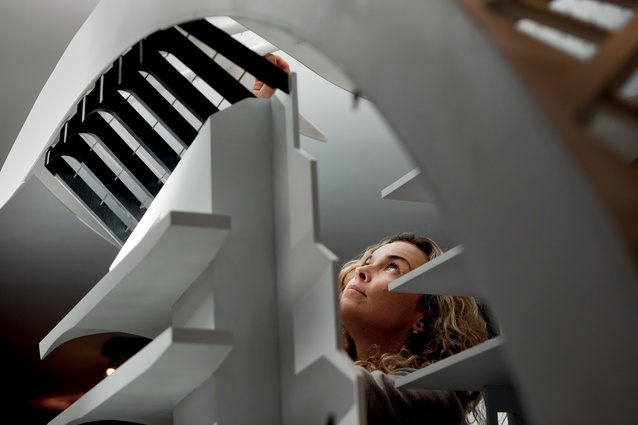Enter the dragon
Simon Bush-King explores some of the challenges and rewards two New Zealand firms have encountered while developing interior and architectural projects in China.
Myths and superlatives seem to define much of the conversations about architecture and design in China. The supersized projects of outrageous forms built at a rapid pace were constant illustrations to the story of the boom years of the ’00s. Meanwhile, the global design industry, attracted by the scale of opportunity on offer, developed a narrative of this ancient country as a fresh playing field for experimentation. Reinforcing this view, a Chinese approach that valued the new over the old and generally looked to import ideas at wholesale rather than adapt to local conditions.
Within the design industry, stories of massive commissions of impossible scale and speed became legendary with the biggest and boldest making it regularly into the mainstream press. New Zealand’s increasingly global-looking design industry has not been immune to the growth of its prodigious Pacific Rim neighbour. Individual designers and a few local firms have taken a bite of the Chinese gooseberry with some building relationships stretching back decades.

The experience of two Kiwi designers illustrates different routes to success in navigating the cultures and work environments of China. Lake Hayes-based practice Architecture van Brandenburg (AvB) involves a story of modern-day patronage. Eight years ago, the head of fashion brand Marisfrolg walked into the studio of father-and-son team Fred and Damien van Brandenburg. Familiar with Fred’s work designing many of New Zealand’s luxury lodges, client and architect bonded over a plate of homemade scones and a year later the architects were in China with a 120,000m2 commission under their belts.
In the meantime, CIT graduate Simon Park’s story gives us an insider’s guide to the world of commercial interiors in China. Park runs a 95 strong team of designers for international consultancy PDM, producing massive volumes of work for some of the world’s biggest brands like adidas and H&M.
Running what in New Zealand would qualify as a large practice, Park’s focus is on commercial interiors and after nine years, he understands the market well. Time and scope mean different things in China as Simon notes – “Typically we have 10–12 days to complete an RFP process where our final submission is more like a developed design set.” This high-risk approach is common in China but comes with several drawbacks. Number one of which is the client running off with the design and producing it with a local team!
While this does happen, firms submitting credential-only pitches that describe the office’s approach without delving into the project, usually walk away empty handed. However, crunching so much work into the early stages can make the production process smoother. Smoother still is what Park calls a regional response team based in Beijing, supporting PDM offices throughout the Pacific Rim with rendering and drawing services. Add to this a company-owned 3000m2 joinery factory and the firm is a veritable one-stop shop.
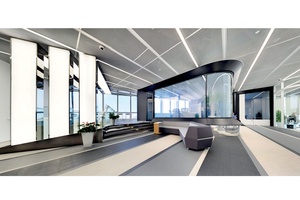
“We don’t keep timesheets,” exclaims Simon, explaining that a combination of their success rate in acquiring projects, the speed of delivery and imbalances of time spent during the early stages of a project would render this unworkable. However, despite working on some massive interior jobs, it’s almost impossible to plan further than 6–12 months out, as Park puts it: “Volume and velocity make it too random”.
Office shouts, trade loyalty schemes and deals on the golf course play their part in New Zealand’s design industry. In China this spectrum goes both ways, where the interweaving of relationships is encapsulated in the traditional term, Guanxi. In many places it is still common to see brown envelopes change hands, while, at the other end of the spectrum, some corporates are so concerned with appearances, “they won’t let you buy them a cup of coffee,” explains Park.
After years designing some of New Zealand’s most well-known lodges and resorts, architect Fred van Brandenburg decided to hit the reset button. Long an admirer of Catalan architect Antoni Gaudi, van Brandenburg wished to follow a similar approach with his own work. When Marisfrolg arrived at AvB’s door in search of an architect – with the image of Millbrook and Huka Lodge in mind – he became convinced that the new approach the firm was looking to adopt was the right one.
The question became how to create the same warm, inviting interiors of AvB’s lodge work and imbue it in a building of sweeping curves an order of magnitude bigger. Located in a light industrial area of Shenzhen, Marisfrolg had a specific programme of work area – a boutique hotel, multi functional areas and a design studio – but little in the way of a brief. Instead, Madame Zhu referred to five Chinese characters – strong, kind, soaring but unostentatious, looking towards the future but respectful of the past and as an inspiration to their staff, an important consideration for a company looking to attract and retain top talent.
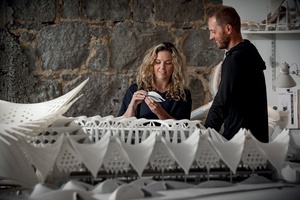
AvB learned quickly that replicating a New Zealand project plan would not work in China, although a typical Chinese approach would not deliver the results they were looking for. Traditionally, foreign design studios would hand over plans at developed design stage to a local one-stop shop design institute to handle the engineering, construction documentation, approvals and delivery. Instead, AvB looked for a close and reciprocal relationship with their contractor. As Damien puts it this close collaboration between builders and architects “arose when we saw the need on site and realised things would not be done how we were used to in New Zealand.”
Surprising both contractors and their clients with their desire to improve the outcome by changing the delivery structure, Damien describes this as having “developed out of pure passion”. AvB incorporate a design process that transitions from 3D models with what Damien describes as a “Brains Trust” at Otago Polytechnic to 1:10 and 1:1 prototypes built on-site. Searching for an expressive material for the interior and exterior that will last the test of time while best reflecting the architecture saw the firm turn to the material of Gaudi, Trencadís.
Historically the vaulted forms and sweeping curves of Catalan Modernism were expressed with broken pieces of tile and glass. In a world where 10 per cent of tile production goes to waste, AvB saw an opportunity to borrow texture and authenticity of a natural building material while reusing a waste product. When combined with a collaborative approach to building – where tile combinations and colour graduations can be tested, agreed and replicated – the results render the interior and exterior with a cohesive permanence.
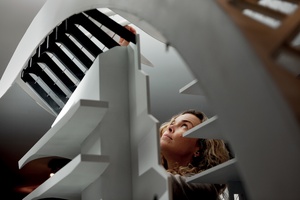
The iconic forms and massive volume of work out of China over the past decade reflected the confidence of a country on the rise. Recent warnings from the Chinese Government against ‘weird-looking’ buildings could be seen as caution against an overheated property market. The lesson from both the work of Architecture van Brandenburg and Simon Park and his team shows first and foremost, the returns on hard work.
AvB had to adapt the rules of game to build the geometry of Gaudi with the warmth of Huka Lodge. Simon Park has kept up the frenetic pace of acquisition and delivery of commercial projects for demanding clients for nine years. Both show an approach that works whereby you either play the game well or you change the rules of the game to suit. Outcomes might be different but buildings that deliver quality and authenticity will always be in demand.

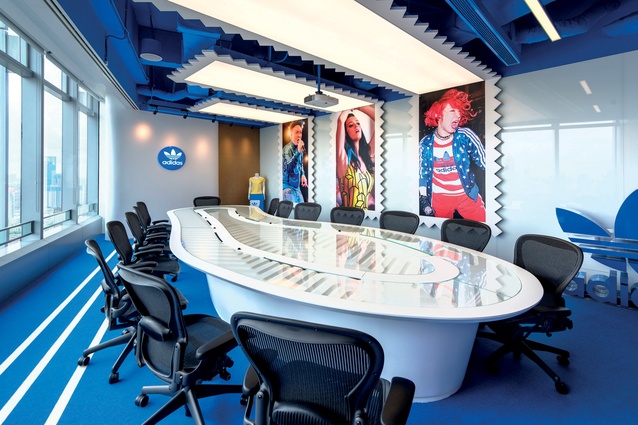

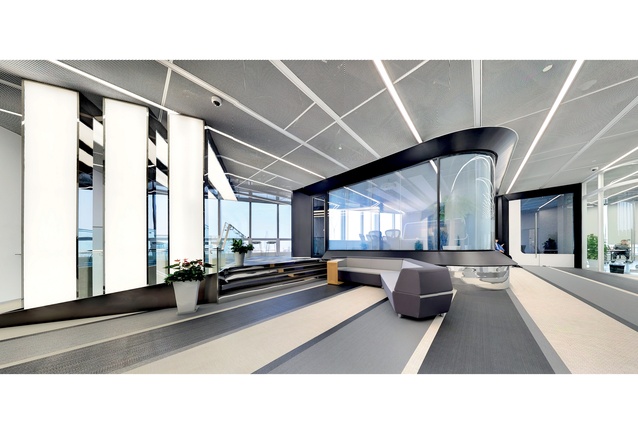
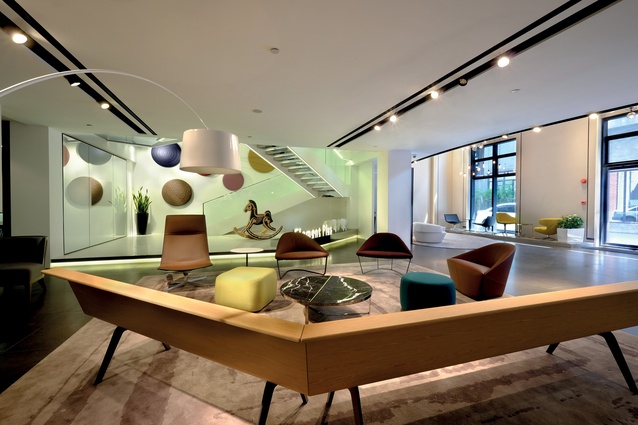

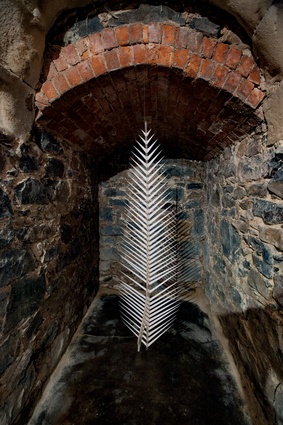
![“[As a brief] Madame Zhu referred to five Chinese characters – strong, kind, soaring but unostentatious..." – Damien van Brandenburg.](https://cdn.architecturenow.co.nz/site_media/media/cache/ca/b5/cab53eaa84a6ec3f9c6778a07862abd2.jpg)


